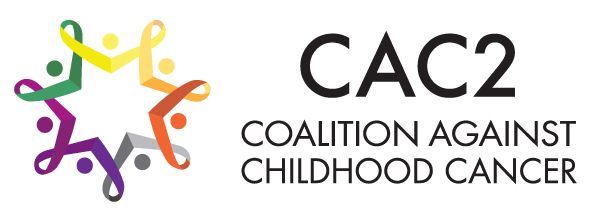(352) 377-2622
Stop Children’s Cancer
2622 NW 43rd Street, Suite B3
Gainesville, FL 32606

How A Cancer Cell Forms
Tissues and organs in the body are made from many different types of cells. Thousands of genes (genetic material) act as a command center within each cell and provide instructions for that cell's role. Each gene has a unique responsibility to perform on its own or in combination with other genes. These cells are regularly replaced with new ones when they are old or damaged. When a cell divides to make a new cell, it duplicates itself. This process is usually well controlled for the body to function correctly. The body and cells usually recognize abnormal changes in a cell, and mechanisms are in place to repair or destroy that cell. Sometimes, there is a malfunction in this process of duplicating and/or destroying a cell.
The breakdown occurs when the body and cells can no longer destroy the abnormal or damaged cells.
Therefore, the abnormal or damaged cell begins to mutate and replicate, causing a cancer. When the mutation happens, it can also destroy nearby healthy cells and invade different body parts, causing the cancer to spread.
Cancer comes in many different types and some environmental and genetic factors can contribute to cancer growth. These various cancers are typically named for the organ and/or the cell where cancer begins.
How childhood cancers begin and the cause of these abnormal cell changes, remains a mystery to researchers.
The silver lining is although the "how" remains a mystery, treating cancers through research can lead to cures!
©1981 - 2022 STOP CHILDREN'S CANCER, INC, TAX ID / EIN 59-2624901 • WEBSITE SUPPORTED BY BLU DOVE DESIGNS
OFFICE: 2622 NW 43RD STREET, SUITE B3 GAINESVILLE, FL 32606





